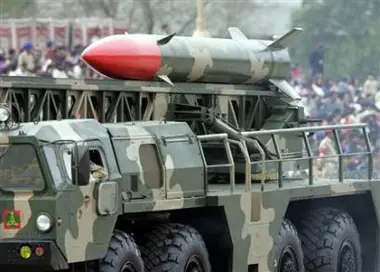The MOD will buy new weapons-mounted patrol vehicles under an Urgent Operational Requirement for troops in Iraq and Afghanistan it was announced today, Monday 25 June 2007.
The new MWMIK 4x4 vehicles, described by one serving officer as 'like a Land Rover on steroids', will deliver a new level of power to the WMIK (Weapons Mounted Installation Kit) fleet, with more firepower and a better range and mobility. It will be fast for a four tonne vehicle, with a potential top speed of 80mph (130km/h).
The vehicle can be fitted with a range of firepower including a .50 calibre machine gun or an automatic grenade launcher and a general purpose machine gun, as well as carrying up to four troops with their own individual weapons.
Welcoming the decision to purchase MWMIK, Lord Drayson, Minister of State for Defence Equipment and Support, said:
"These vehicles are well armed, swift, and agile and will boost our capability with some serious firepower. MOD and the Treasury have worked hard to get these powerful vehicles to our troops in quick time, and they will start going out to theatre early next year."
The vehicle can operate across a whole range of terrain, something which will be particularly useful in the desert, especially in Afghanistan where much of the terrain does not have roads.
It is expected that the new vehicles, 130 in total, will begin deploying out to operational theatres early in 2008. The new MWMIK vehicle will include the following features:
Longer range
Greater payload
Greater mobility
A top speed of up to 80mph (130km/h)
Fuente: Ministerio de Defensa Británico (www.mod.uk)

Un saludo.














